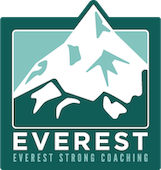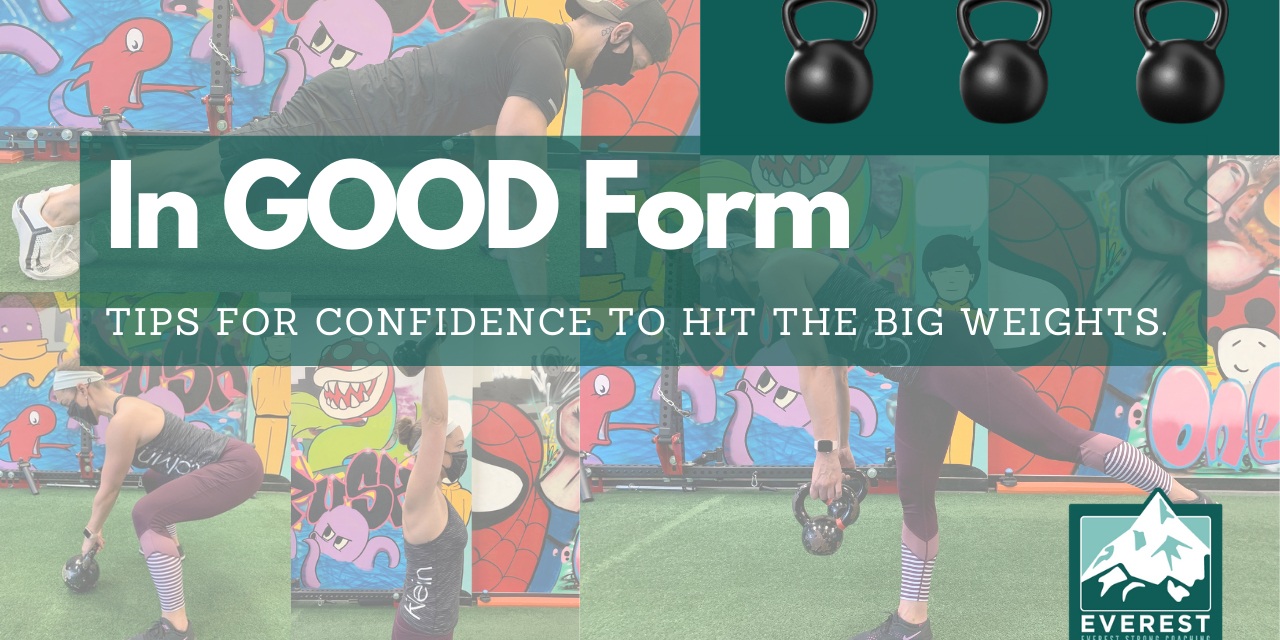When you exercise, do you typically avoid the free weights and head straight for the treadmill, elliptical or stair climber? Are you worried that you would expose that you’re a novice and don’t know what you’re doing?
In my practice, working with both adults and children who are looking to enhance their moods or get serious about athletic pursuits, I’ve heard many people bemoan they could not dare go to the gym because others there were “too fit” or “too built,” Or they lament they are too inexperienced to work with a personal trainer. What is so unfortunate here is that these same people are looking to achieve certain fitness goals, which often include weight loss and muscle tone…all of which is achieved quite a bit faster with the use of weights. The elliptical, while great for cardio, is just not going to tone up your biceps, nor your abs, nor that much of anything, frankly.
Strength Training a Must for Changing Your Shape
In addition to the fact that strength training is the way to go for changing the way you look and feel, it’s a must to enhance your mobility for your chosen sport. Matt Hansen of Matt Hansen Strength & Conditioning (MHSC LLC,) a bootcamp kind of gym in Park Ridge, IL says:
“Here are the facts about strength training for adults: As you age, you lose about 1% of muscle mass per year. Additionally, you lose about 3% of your strength per year. Lower muscle strength is associated with an increased risk of dementia, needing care, and mortality. A study in Britain showed that adults who participated in strength training twice per week reduced their risk for all-cause mortality by 20%. The same study showed that those adults reduced their risk for cancer mortality by 43%. Strength training isn’t just for kids who want to run faster and jump higher. It’s also for working adults who want to live longer with a higher quality of life. I highly recommend reading more on this topic.”
Dr. Yorgi Mavros, Accredited Exercise Physiologist and lecturer with the University of Sydney concurs. “Resistance training is an under-utilized drug available in everyone’s medicine cabinet.”
Tips for Confidence to Hit the Big Weights
With most weight bearing exercises there are some basic truths to follow to get the most out of your training. Certainly watch some YouTube videos to give you visual context. For best results, and to give you the confidence to hit the gym and give the squat rack and other big weights a try, I’ve outlined a few things to keep in mind.
-
Straight lines:

As you train, your body should maintain the lines you have as you stand. This means that your wrists, for example, should remain straight or slightly curved inward, and never bent back as you lift a weight. You are trying to put all the strain on your muscles and not on your tendons and ligaments.
-
Flat back:

When you squat, deadlift, do kettlebell swings, keep your back flat. Do not arch your butt out. This is the fastest way to a very sore lower back. Hint, you’ll have to engage your abs.
-
Pack your lats:
This means keep your shoulders back and down. Do not raise your shoulders up to help you get that dumbbell overhead or to swing that kettlebell up. That is the fastest way to a nasty crick in your neck.
-
Tight glutes:
This is extremely important for many movements. At the top of the kettlebell swing and deadlift you will need to thrust your hips forward and tighten those glutes. Imagine someone is going to punch you in the butt and you are bracing yourself against it. Even for pushups and planks, tuck your hips forward, tighten your glutes and maintain that form throughout. This is a great way to get more out of a single movement, saving you time.
-
Eyes on the prize:
As you lift or swing those kettlebells, keep your eyes toward the floor about 10 feet in front of you, chin slightly tucked in, like you’re holding a tennis ball there. The distance between your chin and chest should never change. You can also follow the bell with your eyes. This is to keep your neck from snapping forward and back, which will over time cause wear and tear injuries.
-
Stabilize:

As you lower yourself for a movement, such as a squat or even a pushup, the slower you go, the harder you work. It also allows you to really focus on stabilizing the movement, keeping your knees out, following your toes, and preventing them from caving in. Keep those knees from wobbling or shaking. A great way to test this is with single leg deadlifts or pistol squats. You don’t even need to use weights to feel the burn, I promise! Use your muscles, not momentum, to lower yourself and bring yourself back up.
-
Breathing:
Finally, learning correct breathing strategies gives you that extra boost to your training. Try exclusively nose breathing, as discussed in The Oxygen Advantage by Patrick McKeown, and exhaling forcefully at the top of the movement to give you power.
Try filming yourself with your smartphone and look for tell-tale signs of your form collapsing. Correct and try again! Good luck and happy training.


